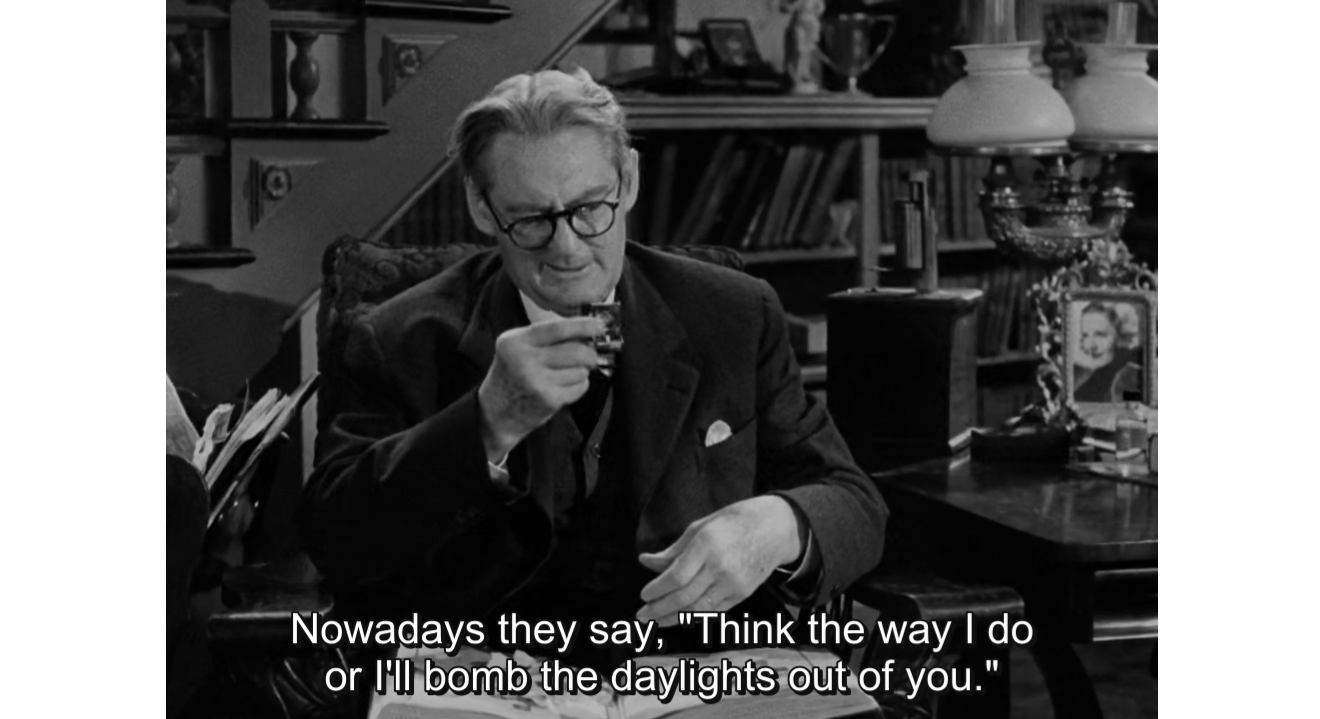
WALL·E (Andrew Stanton, 2008)
Andrew Stanton's WALL·E opens in outer space. The camera then zooms further, showing a familiar planet, our Earth, only this time, the emerald splendor that defined its continents has been replaced by a rusty gleam with the planet's surrounding space being dotted by useless satellites. Seven centuries into the future, our Earth has lost all of its former luster. That lasting image from outer space no longer evokes any sense of wonderment, but a foreboding query of what became of the lone planet in the galaxy that can support life? Stanton explores further, zooming in past the detritus and into Earth, giving us an aerial glimpse of the world. The view Stanton grants us is breathtaking. Advertisements showing character actor Fred Willard, playing the top honcho of global brand Buy-N-Large, perpetually air in a cityscape devoid of any of the consumers these ads once lured into buying.
Humanity has left Earth, which has been rendered uninhabitable due to the accumulation of trash and other pollutants over several centuries of unabated consumerism. The task of cleaning up Earth belongs to these robots called WALL·E, which is short for Waste Allocation Load Lifter - Earth-class. All of these WALL·E robots, save for one, have stopped from functioning, becoming permanent fixtures of the junk-filled world. Lined up with the untenanted skyscrapers are towers made from rubbish, processed into cubes and stacked to form those imposing yet majestic structures by the lone surviving WALL·E on Earth.
WALL·E is the last remnant of the humans that abandoned Earth centuries ago. His work ethic resembles that of a blue collar worker, where several centuries' worth of the routine that has characterized his daily existence. His nights are spent tending to the small human treasures like rubber duckies and other ornaments he unearthed from the rubbles, before capping his work day by viewing his favorite scene from Hello, Dolly! (Gene Kelly, 1969), where the two lovers from the movie hold hands while dreaming in singsong fashion of a world outside their little town of Yonkers.
With only an indestructible cockroach to keep him company, it is therefore unsurprising that when EVE, short for Extraterrestrial Vegetation Evaluator, lands in Earth for an undisclosed directive, WALL·E tries his best to woo the seemingly hostile female robot into liking him, even to the point of utter desperation, as shown by the times when EVE is floating dormant causing WALL·E to patiently tend to his precious friend. When a spacecraft suddenly collects EVE from Earth, WALL·E is forced to follow her through space to Axiom, where humanity, ever since they left Earth, lived, bred, and evolved into immobile slobs who communicate with each other through computers and mindlessly travel to and from their destinations by hovercraft.
WALL·E, while essentially children's fare, contemplates on humanity, what it is, what it has become, and what it is capable of achieving. The story is deceptively simple: a love story between two robots separated by time, space, and their respective missions. The first forty minutes of the film is nearly wordless, where WALL·E, which is basically a rusty cube from which mechanized arms, wheels and a pair of binocular-like eyes jot out, traverse the rubbish-laden landscape, with the adorably curious antics inherited directly from the great Charlie Chaplin. WALL·E's Chaplin travels to Axiom, and becomes the impetus of humanity's delayed reunion with planet Earth. From that point, the film expands into a flagrant satire of the faults of modern life, with Stanton portraying the future of humanity as a severely bloated version of the present, where the excesses of contemporary living have been visualized into something that is disturbingly familiar. While WALL·E is undoubtedly a Pixar product with its dutiful mix of technical brilliance, graceful storytelling, and unabashed sentimentality, beneath that instructive use of the Pixar formula is a daring spirit, one that ultimately rewards any unassuming viewer who watches the film by sheer chance.



































No comments:
Post a Comment